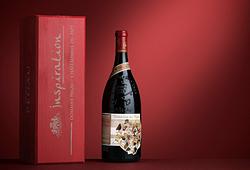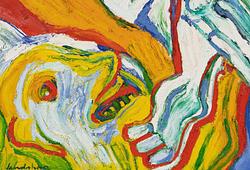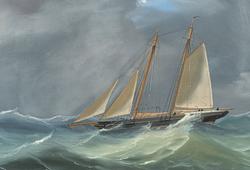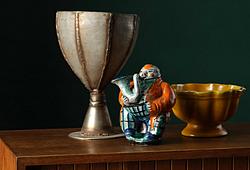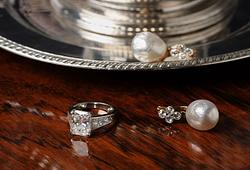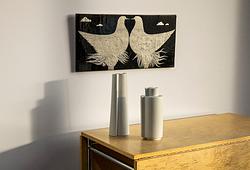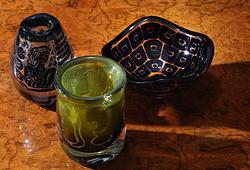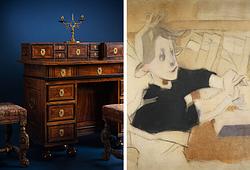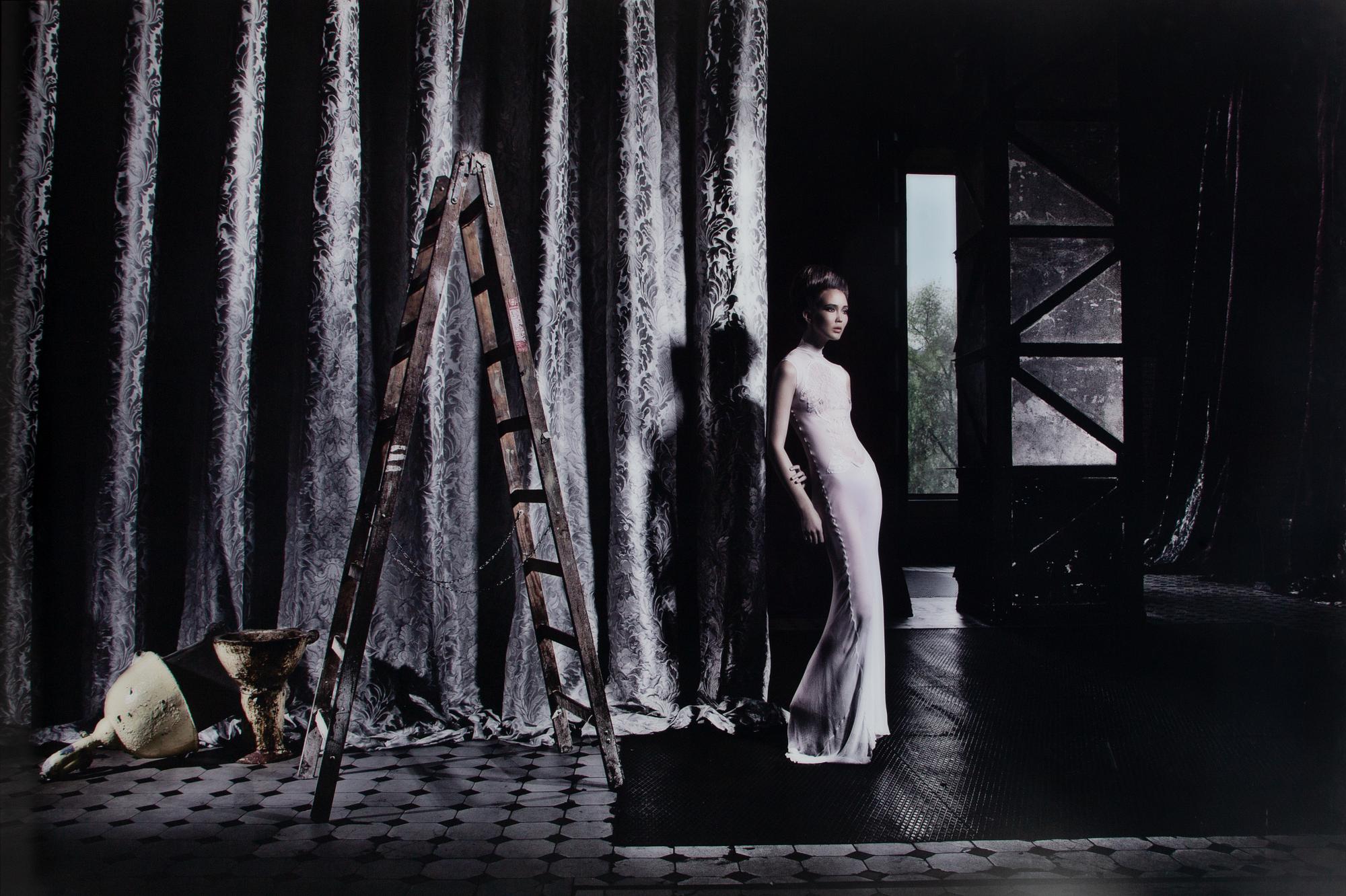Kai Stuht & Miles Cockfield
Kai Stuht & Miles Cockfield, "Malou".
K Stuht and numbered 3/100 on the label verso. Lambda Color Print, 120 x 180 cm.
Minor superficial scratches/scuff marks.
Provenance
Gallery Lumas, Sturegatan, Stockholm.
More information
German photographer Kai Stuht (b. 1964) and director and designer Miles Cockfield (b. 1962) collaborated on a photographic art project in 2012. The result was a series of sensual and tasteful images that bring together a multitude of contrasts in perfect yet also unexpected balance. As two masters of the grand, their photographic project was filled with abundance and elegance, while the results balance between elegant solemnity and decadent charm.
In their photo series, luxurious drapes often hang in front of stripped-down industrial walls. At the centre of the images, models pose like goddesses or dreamy princesses. The final compositions lead to atmospheric reinterpretations of themes recognised from mythology and art history.
Artist
Kai Stuht’s sensual fashion photography brings together contrasting elements in a perfectly balanced composition. A master of the sublime, he inspires the viewer through baroque opulence and viscose elegance, whilst balancing any hint of pompous solemnity with the charm of decay. Luxurious curtains are draped deliberately in front of bare, industrial walls. Amongst them, razor thin models pose like antique goddesses and dreamy princesses. The visual concept was developed together with Miles Cockfield, who has previously worked with the likes of Michel Comte and Sarah Moon. It offers the perfect framework for an evocative re-working of themes from mythology and the history of art. Giant balls populate the image, like planets waiting to be thrown by a goddess. They not only occupy space in a formal manner, but also juxtapose the texture of the curtains. In another image, discarded wash basins lie like expensive hunting trophies, draped across a tiled Dutch floor. Flanked by a tall wooden ladder, they train the gaze of the viewer onto the model in the skin-tight evening dress. It is as if one lived in a deliberate parody of the paintings of the old masters, their biblical and antique subjects having been reinvented through the elaborate use of fashion photography and a fine sense of dramaturgic storytelling. With Stuht, the old never seems old, and the new never seems artificial.
Read more



